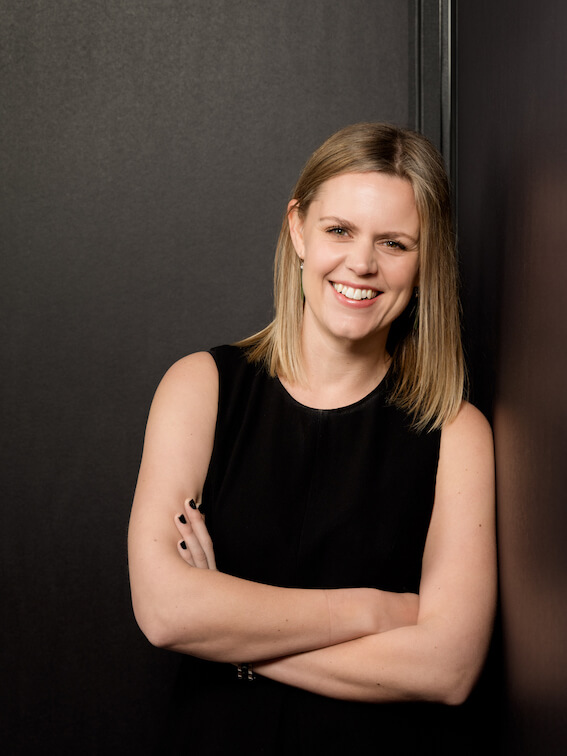Arguing gets a bad rap.
What’s that about? It’s one of my favourite things to do!
If you’ve ever written an essay or worked in policy or law, you’ll know that an argument is a perfectly neutral and acceptable term for engaging with an idea. So why do we fear them?
I held a webinar yesterday on aligned leadership teams (recording here) and shared my definition of alignment – NOT about a room full of nodding heads. When everyone’s nodding their heads uneasily, I know I’ve got a lot of work to do.
If we want good strategy and real progress, we need to disagree. The idea that we can get a room full of smart, dedicated people who do different things to agree on everything is silly – and undesirable. It is a bad sign if our ideas go untested and everyone seems to agree.
It either means:
- We’re missing something
- We have zero diversity in the room or
- People are having ‘half conversations’ and not contributing openly.
I like to think of alignment as "productive disagreement’"
Alignment is not agreement – it’s productive disagreement to enable consensus.
With productive disagreement, we expose the different perspectives we’re grappling with and put them on the table because we can’t work with what we can’t see.
We don’t need to resolve all our differences but identify the grey areas and how to manage them.
I spoke at a fabulous event in Sydney recently, where Dr Amy Silver presented on psychological safety. When a workplace is psychologically ‘safe’, people feel comfortable sharing their views, even if they might look wrong or silly or might come into conflict. This is so important on a leadership team.
Find a safe way to argue. Start with something external or non-work related if you have to, but get that muscle moving!
Does your team know how to disagree productively?
 Alicia McKay
Alicia McKay